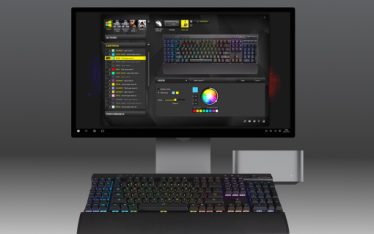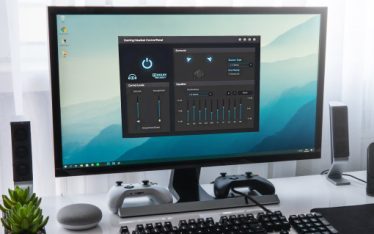If you require only Windows platform support .NET (WPF or Winforms) is often the technology choice for this matter. C# is the most popular programming language for this framework.
UWP is a comparatively new technology for Windows. The purpose of Universal Windows Platform (UWP) is to help develop universal apps that run on Windows 10, Windows 10 Mobile, Xbox One and HoloLens without the need to be re-written for each platform.
ObjectiveC and also Cocoa are the most popular programming language and framework for MacOS. Technologies for Cross-platform software development that are also supported on Windows are described below.
C++ is the most popular programming language for native application development for Linux. Technologies for Cross-platform software development that are also supported on Windows are described below.
C++ and QT Framework are an extremely popular language and framework for Cross-platform application development.
Electron is a new framework that is gaining popularity because it allows us to use JavaScript and React to build Desktop applications.
Java is a language that has most developers and many platforms covered. Although it is losing popularity for Desktop applications with a User Interface requirement.
Unity (.NET) is very popular for game-like interfaces and games.
Python is still popular, but used mostly for applications where user interface requirements are not so strict.





